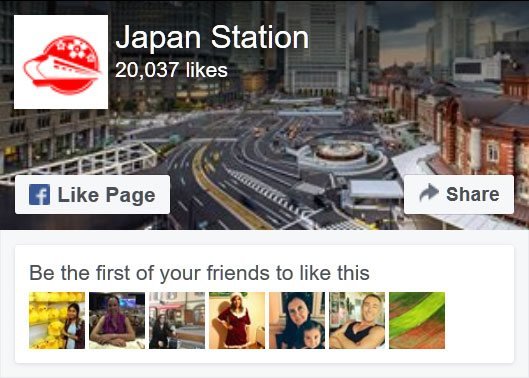Step outside Shibuya Station’s Hachiko Exit and you’ll be greeted by a crossroads thronging with people and cars passing beneath a forest of neon signs and giant video screens. Shibuya Crossing, an overwhelming pedestrian scramble, is Tokyo’s answer to Times Square in New York, but for many it recalls the visions of futurist Syd Mead in the 1982 classic science fiction film Blade Runner. This is the heart of Shibuya, a teeming teen mecca with an intense focus on fashion and having fun. The wider district, part of Shibuya Ward, encompasses the must-see areas of Harajuku and Omotesando, Meiji Jingu Shrine and Shimokitazawa.
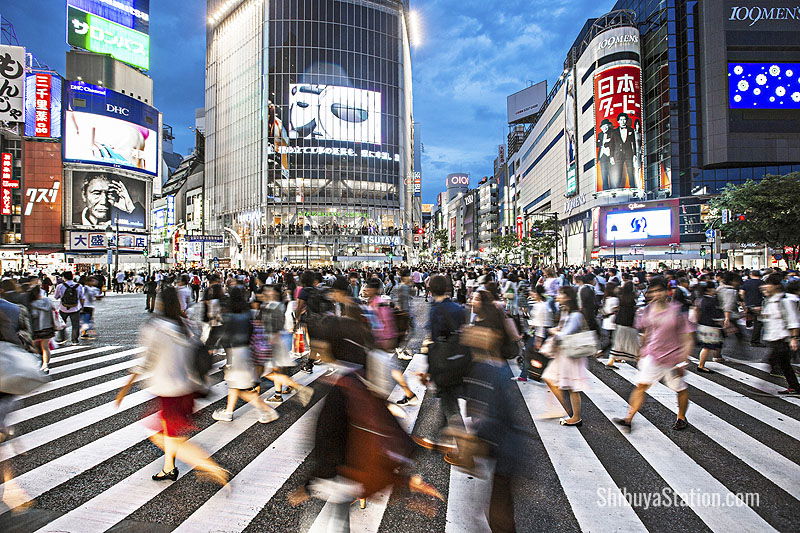
Shibuya Crossing
Shibuya Crossing
Shibuya Station sits over the JR Yamanote loop line that rings central Tokyo, traversing Shibuya along a roughly north-south axis. Hachiko Square, one of the most popular meeting spots in Japan, lies on the west side of Shibuya Station and is named for a loyal Akita dog who would wait for his master every day at the station, even after he died; a statue of the famous canine, which inspired Japanese and Hollywood movies, stands near the center of the square.
About 100 meters to the northwest stands the Shibuya 109 department store, with its iconic cylindrical grey tower and eight floors of some of the trendiest fashions for young Japanese women. Behind the 109 building lies the Dogenzaka nightlife district, given over to bars, clubs and love hotels, as well as the Bunkamura performing arts complex and prominent retail chains such as Tokyu Department Store, Tokyu Hands and Don Quijote.
Harajuku and Omotesando
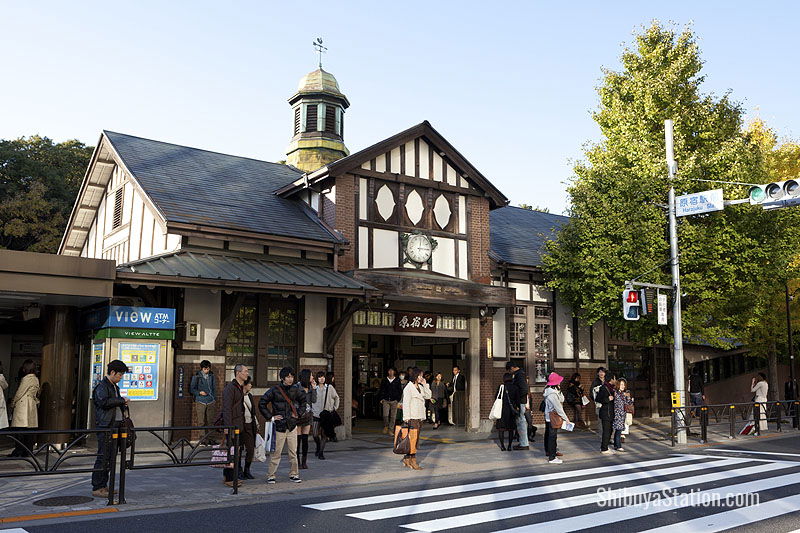
Harajuku Station on JR Yamanote Line
About 1.3 km north of Shibuya Station is the fashion mecca of Harajuku and Omotesando. Harajuku is the name of a train station on the JR Yamanote Line that has resisted development over the decades, retaining its Victorian look from a century ago despite handling over 70,000 passengers a day. Harajuku is located at the top of Omotedando, a majestic boulevard lined with zelkova trees that stretches 1 kilometer southeast to Aoyama-dori street – it’s sometimes compared to the Champs-Élysées of Paris.
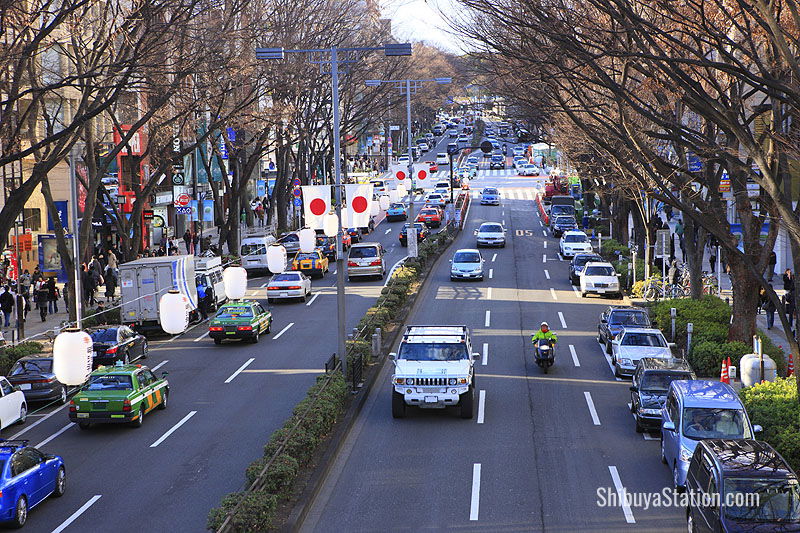
Omotedando, a majestic tree-lined boulevard
Omotedando is packed with fashionistas, shoppers and travelers hitting the luxury brand outlets such as Burberry, Prada and Louis Vuitton as well as the Omotesando Hills mall.
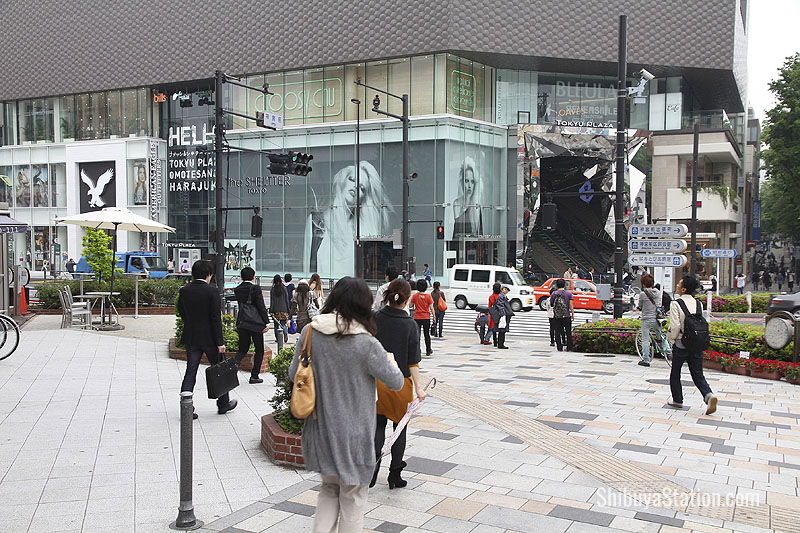
Tokyu Plaza – one of Omotesando’s many high end shopping venues
The smaller, adjacent areas of Takeshita-dori, Cat Street (part of the Ura-Harajuku network of side streets off Omotesando) and Minami-Aoyama are chock-full of hipster cafes and hair salons as well as unique shops and boutiques, with everything from toys at Kiddy Land to street wear at Bathing Ape. The district also has notable museums. There’s the Ota Memorial Art Museum for ukiyo-e woodblock prints, the Nezu Museum for historical artworks and a splendid garden, and the Watari Museum of Contemporary Art for avant-garde installations of all stripes.
Meiji Jingu Shrine
Omotesando literally means “front-facing pilgrimage path” and it was so named because it leads to Meiji Jingu, one of the most spectacular Shinto shrines in Tokyo. It’s dedicated to the spirits of Emperor Meiji (1867-1912), who oversaw Japan’s transition into a modern industrial state, and his wife Empress Shoken (1849-1914). The shrine stands in the heart of a 70-hectare forest and is approached along a gravel path that leads through towering torii gates. It’s the perfect spot for a respite from the hubbub of central Tokyo; visitors can sometimes see traditional Shinto wedding ceremonies here with celebrants in elegant kimono.
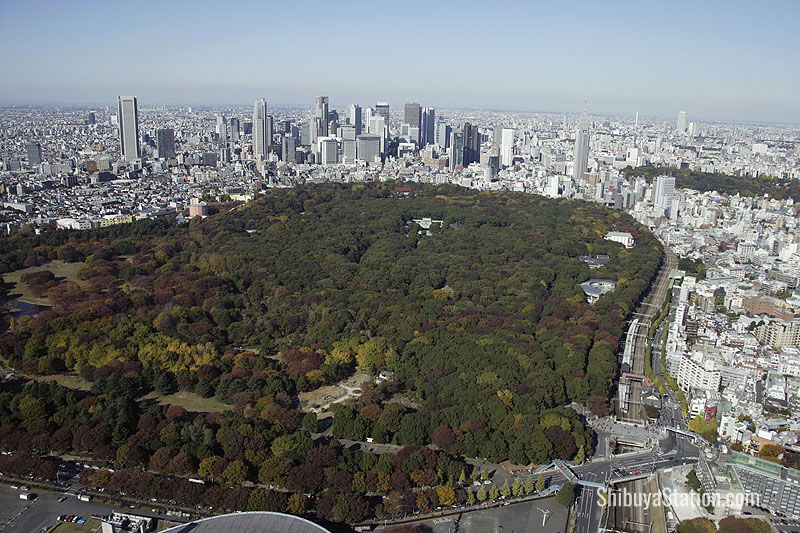
Meiji Jingu Shrine and Yoyogi Park
Right next to Meiji Shrine, and easily accessed from Harajuku Station, is Yoyogi Park, at 54 hectares one of the largest green spaces in the capital. On weekends, it’s crowded with Tokyoites relaxing and playing games and musical instruments – it also draws a number of subcultures, including cosplayers, dancing rockabillies and skateboarders, that assemble near the main gates.
Shimokitazawa
One of the trendiest neighborhoods in Tokyo, Shimokitazawa (or Shimokita for short) has a delightful range of indie boutiques, cafes and live music venues that draw a mix of students, musicians and hipsters. You’ll find everything from vintage toys, books and records to greengrocers, tea shops and funky artisan crafts, all served up in a low-key bohemian vibe. It makes for a relaxing change from the chaos of Shibuya Station, which seems worlds away. Shimokita is actually only 3 km west of Shibuya, or a three-minute ride via Inokashira Line express train.
Article by Tim Hornyak. All rights reserved.
